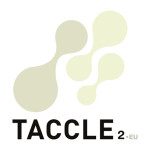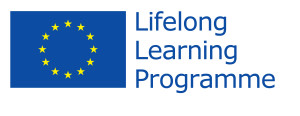8+yrs Ease *** Overview: This is a twist on the traditional subject project; it is suitable for creating projects on almost any subject e.g. animals, history or Geography or any specific area within these broader subjects e.g. horses, The Romans or India. In this example, learners were investigating beetles. Description: The learners or the teacher Full Article…
Cartoon science
Nic Daniels using cartoons to make science fun…. Children love making cartoons and on the whole hate writing up science experiments so recording science experiments as a comic strip can be the way forward. We used Comic Life to create the ones above. It comes bundled with the Mac but entry level is free for Windows and that Full Article…
What is it?
Describe a material in 140 characters on a microblogging site such as Twitter and see if others can guess what the material is without mentioning the word or Chemical symbol. Could do it in groups and see who get the most right. With younger primary children this could mean giving them some materials such as Full Article…
Make your own nature colouring book
Let children use digital cameras to take some pictures of snails, beetles, butterflies or choose a picture e.g a butterfly on Google images. Turn it in to a colouring sheet using iphoto or picassa. (move the exposure, contrast and sharpness to max. Move saturation to minimum.) If necessary, take the image you have produced and Full Article…
Dinosaurs
Make a time line with pictures of dinosaurs using Prezi. With younger children you can construct the template and select the background so that children can ‘drop in’ pictures of dinosaurs they have collected. Older children can do it themselves. Or children can draw the dinosaurs, photograph them and save as jpeg images that you Full Article…
The Secret Life of Animals
Here is another idea from Cidalia Marques, one of the Taccle team from Portugal. Portugese classrooms often have animals in their classes. The most usual animals are silkworms, fishes or hamsters . This is the first step to approach the animals habits, characteristics, feeding and caring about them Having an animal in the class serves Full Article…





 English
English Nederlands
Nederlands Deutsch
Deutsch Italiano
Italiano Español
Español Português
Português Română
Română Cymraeg
Cymraeg